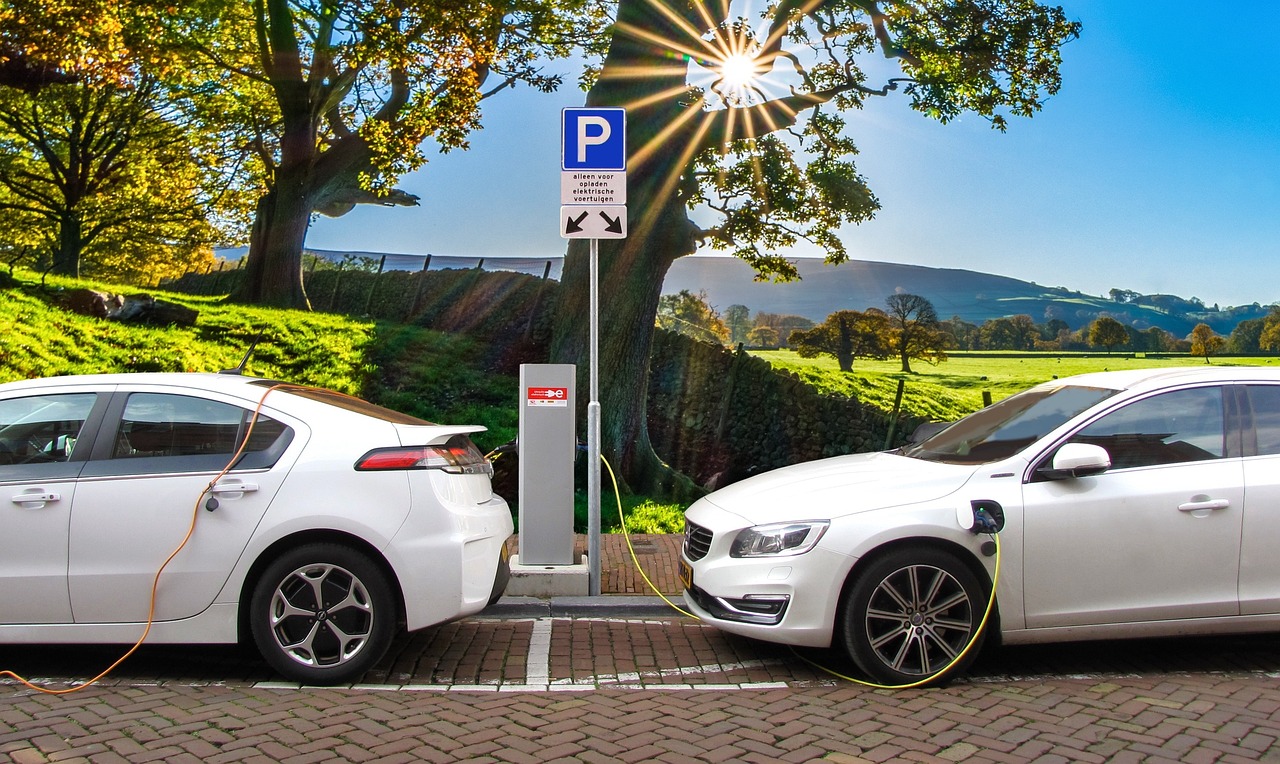Introduction
The automobile industry has long been a cornerstone of modern society, providing unparalleled mobility and convenience. However, the environmental impact of traditional internal combustion engine (ICE) vehicles, including air pollution and greenhouse gas emissions, has become increasingly concerning. In response, electric vehicles (EVs) have emerged as a promising alternative, offering a cleaner and more sustainable mode of transportation. This article explores the world of electric vehicles, delving into their history, technology, environmental benefits, challenges, and the future of transportation.

I. A Brief History of Electric Vehicles
The concept of electric vehicles is not a recent development. In fact, EVs predate gasoline-powered cars. Here’s a brief overview of the history:
1. Early Developments (19th and Early 20th Century)
The first electric vehicle prototypes were developed in the early 19th century, but it was not until the late 19th and early 20th centuries that EVs gained some popularity. They were favored for their quiet and clean operation, which made them suitable for urban use. Electric vehicles even held the land speed record in the early 20th century.
2. Decline and Resurgence (Mid-20th Century)
The mid-20th century saw the rise of gasoline-powered vehicles due to advancements in internal combustion engine technology and the availability of cheap oil. This led to a decline in the popularity of electric vehicles. However, concerns about air pollution and energy security in the late 20th century reignited interest in EVs.
3. Modern Electric Vehicle Revolution (21st Century)
The 21st century marked a resurgence of electric vehicles, driven by advances in battery technology, environmental concerns, and government incentives. Companies like Tesla played a pivotal role in making EVs more accessible and desirable, challenging the dominance of ICE vehicles.
II. Electric Vehicle Technology

1. Battery Technology
The heart of any electric vehicle is its battery. EVs use lithium-ion batteries, similar to those found in smartphones and laptops, but on a much larger scale. These batteries store electrical energy that powers the vehicle’s electric motor. Advances in battery technology have significantly increased EV range, reduced charging times, and improved overall performance.
2. Electric Motors
Electric vehicles are driven by electric motors, which are highly efficient in converting electrical energy into motion. Unlike ICE vehicles, EVs have instant torque, providing quick acceleration and a smooth driving experience.
3. Regenerative Braking
EVs often feature regenerative braking, a technology that captures and converts kinetic energy back into electrical energy when the vehicle decelerates or brakes. This not only increases energy efficiency but also extends the lifespan of the braking system.
4. Charging Infrastructure
One of the challenges of electric vehicles is the need for a robust charging infrastructure. Charging stations vary from home chargers (Level 1 and Level 2) to fast chargers (Level 3 or DC fast chargers). Expanding the charging network is crucial for the widespread adoption of EVs.
III. Environmental Benefits of Electric Vehicles
1. Reduced Greenhouse Gas Emissions
One of the most significant advantages of EVs is their lower carbon footprint compared to traditional ICE vehicles. Since EVs run on electricity, their emissions are dependent on the energy source. When powered by renewable energy sources like wind or solar, EVs can be nearly emission-free.
2. Improved Air Quality
EVs produce zero tailpipe emissions, leading to improved air quality in urban areas. Reduced emissions of pollutants like nitrogen oxides (NOx) and particulate matter have health benefits for communities.
3. Energy Efficiency
Electric vehicles are inherently more energy-efficient than ICE vehicles. They convert a higher percentage of the energy from their source (the battery) into motion, wasting less energy as heat.

IV. Challenges Facing Electric Vehicles
1. Range Anxiety
One common concern among potential EV buyers is “range anxiety,” the fear of running out of battery power before reaching a charging station. However, advancements in battery technology have significantly increased the range of many EVs, alleviating this concern.
2. Charging Infrastructure
While charging infrastructure is expanding, it is still not as widespread as gasoline stations. This can pose challenges for EV owners, particularly in regions with limited charging options.
3. Initial Cost
Electric vehicles tend to have a higher upfront cost compared to their gasoline-powered counterparts. However, lower operating and maintenance costs can offset this initial expense over the vehicle’s lifetime.
4. Limited Model Variety
While the selection of EVs has grown in recent years, there is still a more limited variety compared to traditional vehicles. Consumers may have fewer choices when it comes to body styles, sizes, and price ranges.
V. The Future of Electric Vehicles
The electric vehicle revolution is well underway, and the future looks promising:

1. Market Growth
The global electric vehicle market is experiencing rapid growth, with numerous automakers investing in EV production. This growth is driven by consumer demand, government incentives, and ambitious emissions reduction goals.
2. Advancements in Battery Technology
Battery technology continues to evolve. Innovations like solid-state batteries hold the promise of even higher energy density, faster charging, and longer lifespans. These developments will further enhance the appeal of EVs.
3. Expansion of Charging Infrastructure
Governments and private companies are actively working to expand the charging infrastructure. Efforts include installing charging stations along highways, in urban areas, and even at workplaces and apartment complexes.
4. Electric and Autonomous Vehicles
Electric vehicles are a natural fit for autonomous driving technology. Combining EVs with autonomous capabilities could revolutionize transportation by enhancing safety and reducing traffic congestion.
Conclusion
Electric vehicles represent a significant step towards a more sustainable and environmentally friendly transportation system. They offer numerous advantages, including reduced emissions, improved air quality, and lower operating costs. While challenges like range anxiety and charging infrastructure remain, ongoing advancements in technology and infrastructure are rapidly addressing these issues. As we look to the future, electric vehicles are poised to play a central role in reshaping the way we travel and reducing the environmental impact of our mobility choices. The electric vehicle revolution is not just a trend but a transformative force shaping the future of transportation.




